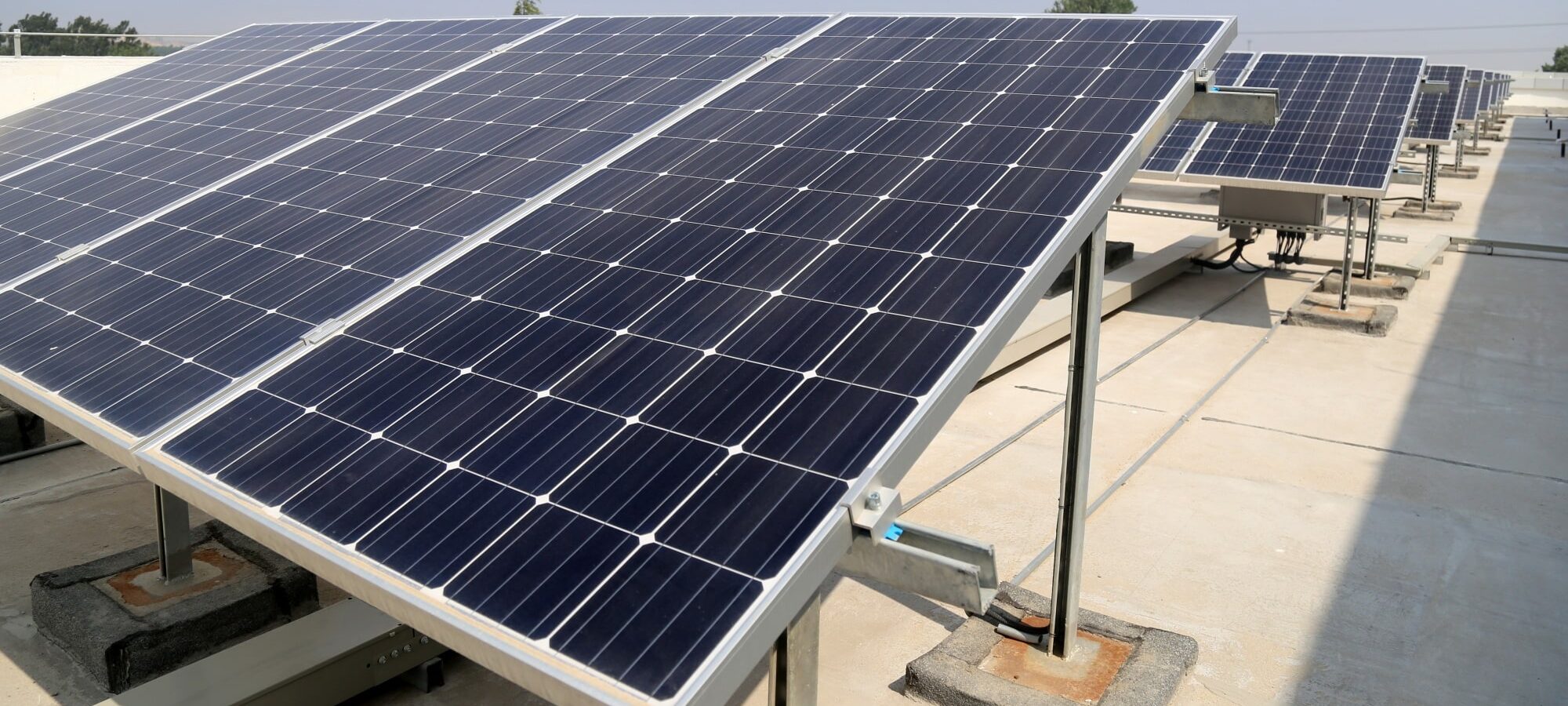Solar thermal panels have emerged as a popular and eco-friendly alternative to traditional water heating methods as the world shifts towards sustainable energy solutions. Harnessing the power of sunlight, these innovative systems can significantly reduce energy bills and carbon emissions, making them a smart choice for homeowners looking to go green. But how do solar thermal panels work, and what should you consider when choosing the right system for your home? Let’s dive in and explore the benefits and types of solar water heating systems.
Key Takeaways
- Solar thermal panels offer an eco-friendly and cost-effective alternative to conventional water heating systems.
- Homeowners can benefit from financial incentives and grants to offset initial costs while realising significant annual savings on energy bills.
- Solar thermal systems reduce carbon footprint by leveraging renewable energy sources, resulting in cost savings and environmental benefits.
Understanding Solar Thermal Panels
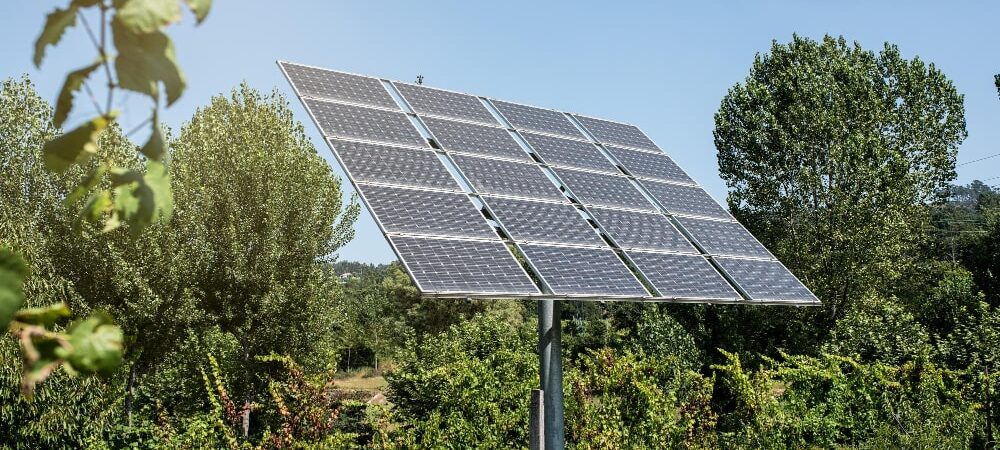
Solar thermal panels, or solar panels, are devices installed on rooftops to take advantage of the sun’s heat energy. This absorbed heat provides hot water, which is stored in a cylinder. They are primarily used for space and water heating, making them popular for swimming pool heating and an essential component of solar hot water systems. A south-facing roof at an angle of 30 degrees to the horizontal is the ideal orientation for solar thermal panels, similar to the optimal orientation for solar PV panels.
Opting for solar thermal panels allows you to enjoy the benefits of an eco-friendly alternative to conventional water heating systems. These panels harness solar energy to generate heat for space and water heating, decreasing energy expenses and carbon emissions. Solar thermal panels can provide as much as 70% of a home’s hot water requirement annually, making them a cost-effective solution for many households. Understanding how solar thermal panels work is essential to appreciate their potential fully.
Types of Solar Thermal Collectors
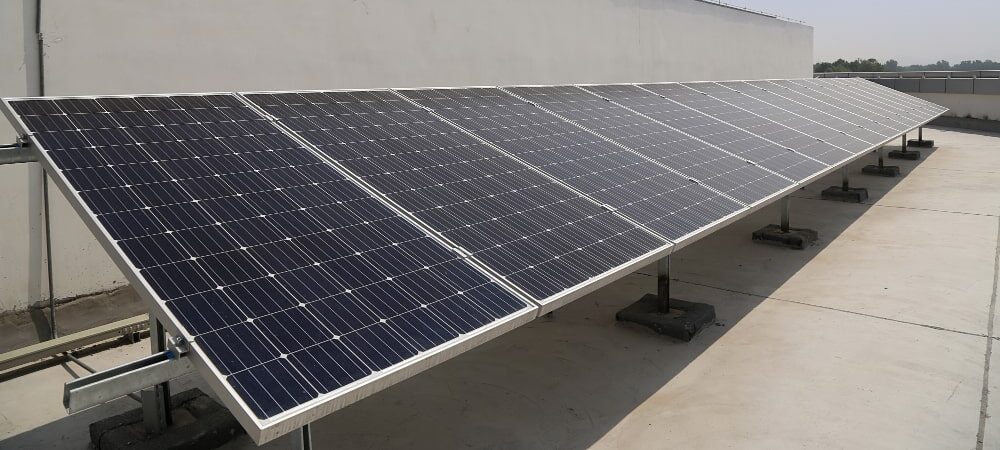
Solar thermal collectors are available in two types. These include flat plate collectors and evacuated tube collectors. Both types contribute to reducing energy bills by harnessing solar energy for water heating, but they differ in costs and installation requirements.
Now, we shall delve into these collectors and explore their characteristics.
Flat Plate Collectors
Flat plate collectors are heat exchangers that convert radiant solar energy from the sun into thermal energy. They utilize a dark, flat surface to absorb sunlight and transfer the heat to a fluid, heating the water. These collectors are more cost-effective and straightforward to install than other solar thermal collectors, making them an attractive option for homeowners.
However, flat plate collectors may be less effective in colder climates, as lower temperatures can impact their efficiency. This makes them a better choice for homes in milder climates where the sun’s energy is more readily available.
Evacuated Tube Collectors
Evacuated tube collectors are highly efficient solar thermal panels with several sealed glass tubes. These tubes are designed to minimize heat loss and maximize heat absorption from the sun, making them an excellent option for capturing solar energy. Evacuated tube collectors utilize a vacuum to insulate the system and maintain a high-efficiency level even in lower temperatures, making them ideal for colder climates.
While evacuated tube collectors provide superior performance and are well-suited to colder climates, they come at a higher cost than other solar thermal collectors. Additionally, they have increased maintenance requirements and a more complex installation process.
The Solar Water Heating Process
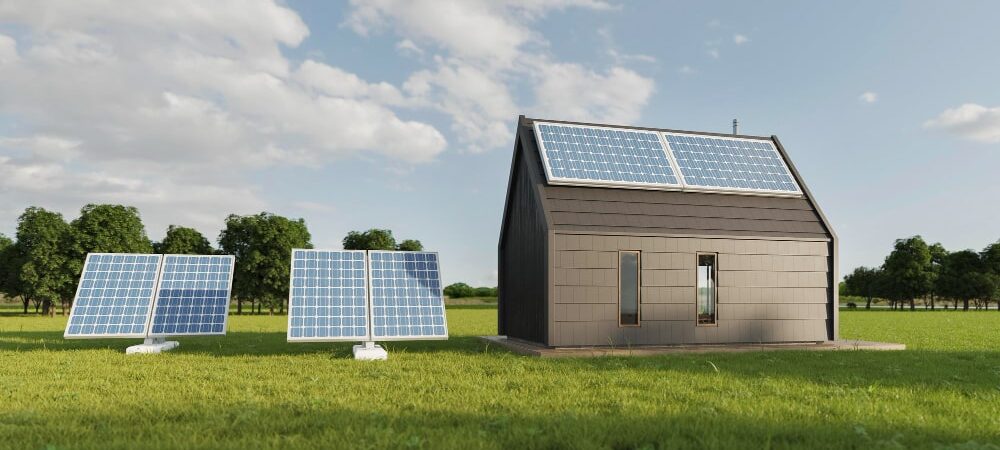
The solar water heating process involves solar thermal panels absorbing sunlight and transferring the heat to a fluid, which heats the water stored in a hot water cylinder. A solar water heating system typically includes a hot water cylinder that serves as a storage unit for the heated water used later. Solar water heating systems ensure that hot water needs are met throughout the year, with a boiler or immersion heater often used as a backup for solar thermal panels.
This process empowers homeowners to generate their hot water using renewable energy sources like the sun, which reduces reliance on external suppliers and traditional heating methods. This saves money on energy bills and contributes to a more sustainable and eco-friendly lifestyle.
Cost and Savings of Solar Thermal Systems
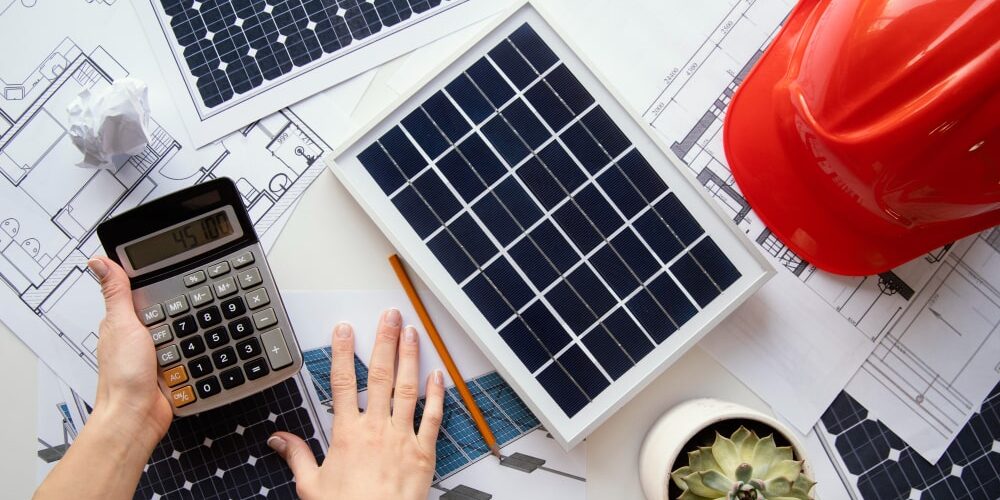
The cost of solar thermal systems, including solar thermal panels, varies depending on the type and size of the system, with installation costs typically ranging from £3,000 to £5,000. For a family of four, the approximate cost for a solar thermal system is estimated to be between £3,700 and £4,200. While the initial investment may seem substantial, solar thermal systems can significantly save energy bills, with estimates ranging from £145 to £275 per year.
To offset the initial investment further, homeowners can take advantage of incentives and grants, such as the Green Homes Grants and Renewable Heat Incentive (RHI). These programs provide financial support and rewards for homeowners who install solar thermal systems, making them more accessible and affordable.
Compatibility and Installation Requirements
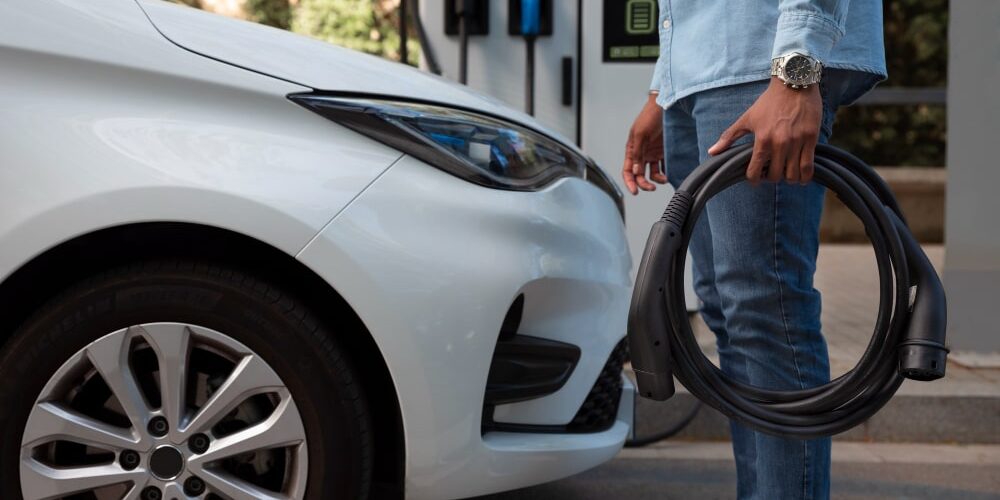
When considering installing solar thermal panels, one must verify the following:
- The structural capability of the roof to support the panel’s weight, mainly if they’re being installed over existing heavy tiles.
- Avoid any shadows cast by trees, buildings, and chimneys.
- Aim for a south-facing roof at an angle of 30 degrees to the horizontal for optimal performance.
Ensuring compatibility with existing boilers is another pivotal factor in installing solar thermal panels. Some homes may need to replace their hot water cylinder or upgrade their boiler to accommodate the system. For example, combi boilers without a hot water tank may not be suitable for solar water heating and require additional equipment.
Maintenance and Longevity of Solar Thermal Systems
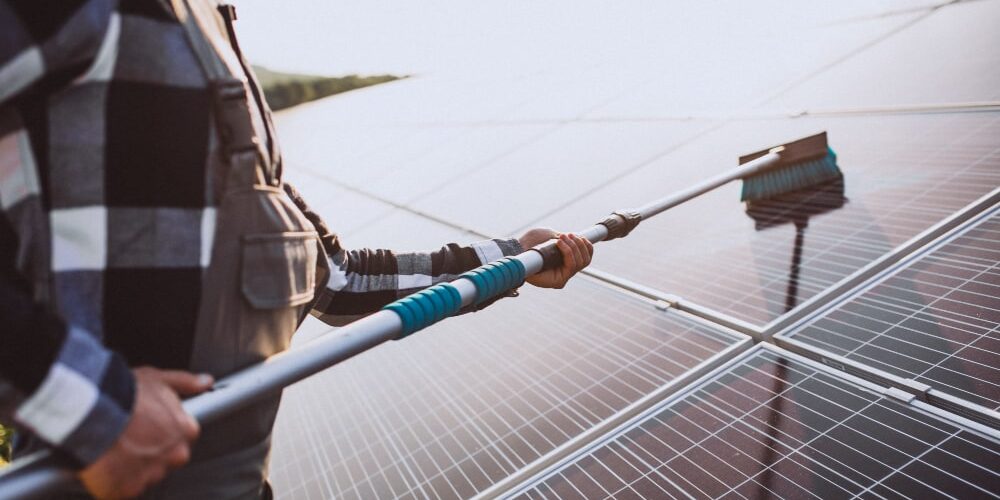
One of the key advantages of solar thermal systems is their minimal maintenance requirements. Provided that all manufacturer and installer instructions are followed, solar thermal panels and the accompanying solar hot water system typically require little ongoing care. Occasional checks for leaks and replacement of components, such as pumps, every ten years are usually sufficient to ensure optimal performance.
Most solar thermal systems have a five- or 10-year warranty to ensure quality and performance. This gives homeowners added peace of mind and confidence in their investment, knowing that their system is designed to stand the test of time.
Incentives and Grants for Solar Thermal Installations
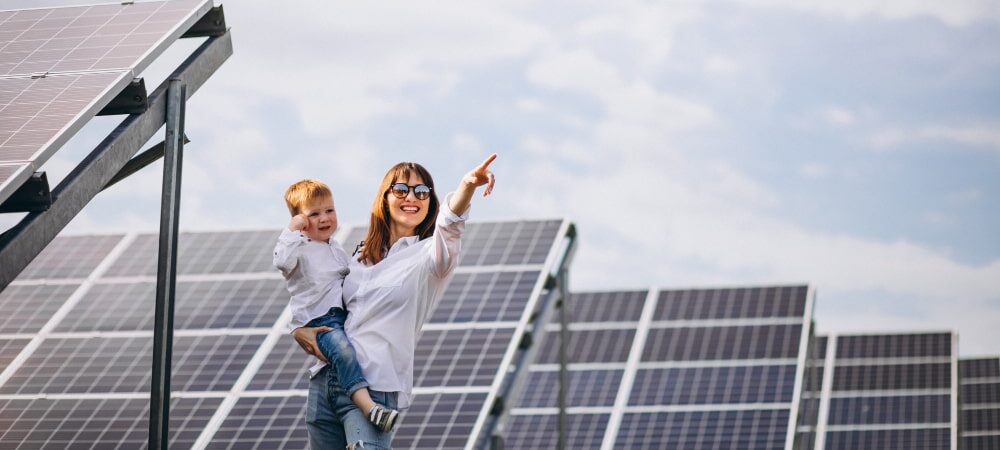
Beyond the potential savings on energy bills, homeowners can avail of various incentives and grants for installing solar thermal panels. The Green Homes Grants scheme is a government initiative to help UK homeowners promote sustainability. It offers up to £5,000 for solar thermal heating systems and up to £10,000 for those on low incomes.
The Renewable Heat Incentive (RHI) is another incentive that one can avail for solar thermal installations. This program offers financial support and rewards for homeowners and businesses who install solar thermal systems, encouraging the adoption of renewable energy technologies and helping to offset the initial investment costs.
Choosing the Right Solar Thermal System for Your Home

Selecting the right solar thermal system for your home involves considering factors such as:
- Panel area
- Tank volume
- Panel efficiency
- System components
- Panel location
For example, it is generally recommended that 1 m2 of solar thermal panel is required per person in the home and 1-2 m2 of roof or ground space per person. Furthermore, working with an MCS installer can provide you with various warranties and assurance of the product’s quality, as well as the quality of the installation.
Comparing quotes from multiple installers can help you choose the best system for your needs and get the best value for your investment. By carefully considering all the factors and seeking expert advice, you can make an informed decision and select the optimal solar thermal system for your home.
Environmental Impact and Carbon Footprint Reduction
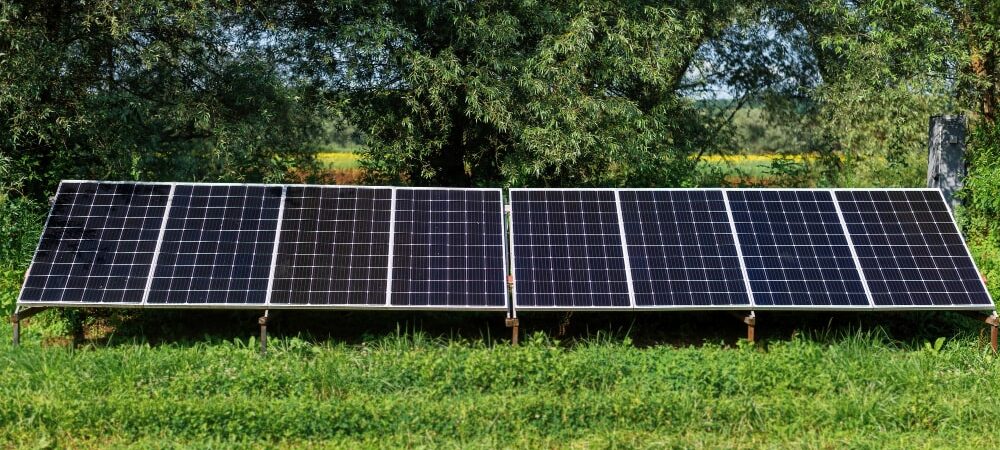
Solar thermal panels contribute to a reduced carbon footprint and lower greenhouse gas emissions by utilizing renewable energy sources, such as the sun, to generate heat. This, in turn, decreases the dependence on fossil fuels, a significant contributor to greenhouse gas emissions and global climate change. Solar thermal systems also significantly reduce air pollution, water consumption, and the need for hazardous materials.
Choosing solar thermal panels for water and space heating offers several benefits:
- It saves homeowners money on energy bills
- It enables homeowners to lessen their environmental impact actively
- It is a responsible and eco-friendly choice
- It contributes to a more sustainable future for all.
Summary
In conclusion, solar thermal panels offer an environmentally friendly and cost-effective alternative to traditional water heating methods. By harnessing the sun’s power, these innovative systems can significantly reduce energy bills and carbon emissions, making them an attractive option for homeowners looking to go green. With various types of solar thermal collectors available, incentives and grants to help offset the initial investment and minimal maintenance requirements, solar thermal systems are an innovative and sustainable choice for water and space heating in today’s eco-conscious world.
Frequently Asked Questions
Who manufactures Project EV chargers?
Shenzhen Atess Power Technology Co., Ltd manufactures Project EV chargers with leading-edge technology and excellent quality.
Is Project EV any good?
Project EV is reliable, well-built and aesthetically pleasing, making it an excellent electric vehicle charging unit.
Can I use my Project EV charger without the app?
You can use your Project EV charger without the app, as the Plug and Play mode allows you to plug your car into the device for charging.
How fast is the Project EV charger?
The Project EV charger has a charging speed of 7.3kW and can provide 15-30 miles of range per hour of charge. It has remote control and monitoring through the Project EV app for convenience.
What types of electric vehicles are compatible with Project EV chargers?
Project EV chargers are compatible with a wide range of electric vehicles, from domestic models like Ford to commercial ones like Ferrari.
